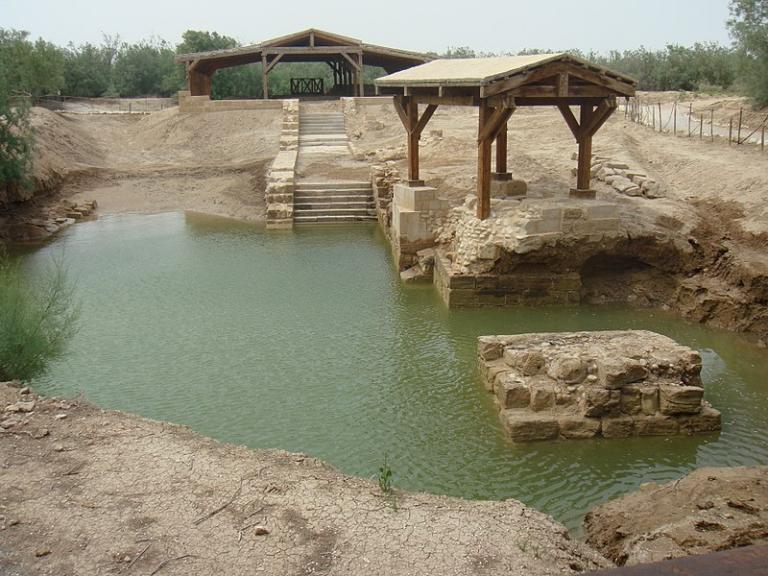
A project is now underway to rid the area surrounding Jesus’ baptism site of thousands of land mines.
The explosive devices remain left over from past Mideast conflicts, and have been surrounding the holy site for nearly five decades.
Land mines are scattered all across Israel’s war territory, but particular emphasis has been placed on clear the sacred site due to it’s importance to Christians.
The project ran into a few setbacks, due to the sensitive nature of it. Organizers of the project had to unite several often fighting church denominations, as well as Israeli and Palestinian officials.
James Cowan is the head of The HALO Trust, an international mine-clearing charity carrying out the project in partnership with Israel’s Defense Ministry.
“To see a site that is visited by over half a million pilgrims and tourists each year and for them to come in their buses and be so close to land mines is very unusual…We hope that pilgrims and tourists will be able to visit this site and celebrate the baptism of Christ in the way that was intended,” Cowan said.
During the Mideast War, Israel took over the West Bank. Clergy fled the area and Israel began to place land mines on church land and in the surrounding area to halt enemies. Israeli officials say that there were 3,000 explosive devices in the baptism’s vicinity, and also booby traps laid by Palestinian militants. In addition, there are explosives from the time when the territory was under Jordanian control.
The site is the third holiest site in Christianity, with the Church of the Holy Sepulcher in Jerusalem, built on the spot where Christian belief says Jesus was crucified and resurrected, and the Nativity Church in Bethlehem, constructed on the site where tradition holds Jesus was born, being the top two.
Christians believe John the Baptist baptized Jesus at the site, in a green area off of the Jordan River. The baptism marked the beginning of Jesus’ public ministry. Many modern-day visitors don white robes and immerse themselves in the sacred waters in a show of faith.
“Israel sees this as a very important project, to restore this place to its former glory,” said Marcel Aviv, the director of the Israeli de-mining authority, INMAA. “We will do all the necessary quality assurances so that the territory will be totally clean and totally safe so that civilians can wander around here.”
The area has had small paths cleared before. For example in 2000 a path was cleared for Pope John Paul II’s visit. Pilgrims for years have had to coordinate their visits with the Israeli military, because of security and land mine concerns.
In 2011, the site was officially opened to the public after Israel cleared a narrow road leading to the Jordan River. Today, buses ferry hundreds of thousands of visitors along that road each year, with the surrounding area remaining off limits.
The $1.15 million de-mining project, half of which was funded by the Israeli Defense Ministry and half by private donors, aims to open up access to the area for pilgrims, clergy and tourists in about a year.
“We pray and hope that the clearance of land mines around the baptism site will contribute to peace and reconciliation in our region, which is very much needed at this time,” Theophilos III, the Greek Orthodox patriarch of the Holy Land, said in a statement. “We are glad that after many years, pilgrims from around the world will be able to fully experience and venerate this holy site.”


